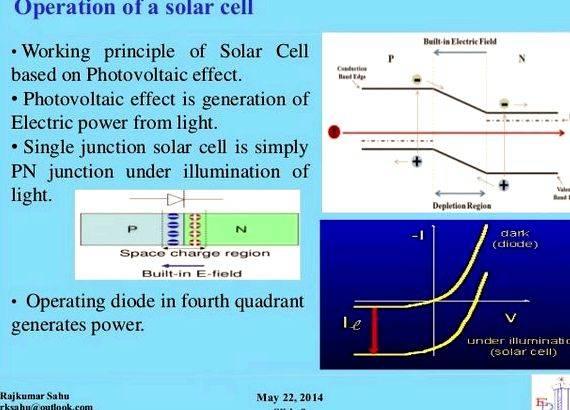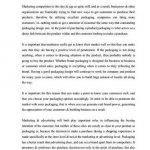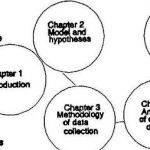InGaN High Temperature Photovoltaic Cells
SMALL BUSINESS CONCERN (Firm Name, Mail Address, City/State/Zip, Phone)
Integrated Micro Sensors, Inc.
10814 Atwell Drive
Houston, TX 77096 – 4934
(713) 748-7926
PRINCIPAL INVESTIGATOR/PROJECT MANAGER (Name, E-mail, Mail Address, City/State/Zip, Phone)
Chris Boney
cboney@imsensors.com
10814 Atwell Drive
Houston, TX 77096 – 4934
(713) 713-7926
Expected Technology Readiness Level (TRL) upon completion of contract: 4
TECHNICAL ABSTRACT (Limit 2000 characters, approximately 200 words)
The objectives of this Phase II project are to develop InGaN photovoltaic cells for high temperature and/or high radiation environments to TRL 4 and to define the development path for the technology to TRL 5 and beyond. The project will include theoretical and experimental refinement of device structures produced in the Phase I, as well as modeling and optimization of solar cell device processing. The devices will be tested under concentrated AM0 sunlight, at temperatures from 100ºC to 250ºC, and after exposure to ionizing radiation. The results are expected to further verify that InGaN can be used for high temperature / high radiation capable solar cells in NASA space missions.
POTENTIAL NASA COMMERCIAL APPLICATIONS (Limit 1500 characters, approximately 150 words)
Although solar cells are used on many NASA platforms for power generation, IMS envisions the cells developed in this project would be especially beneficial to missions near the sun and those in high radiation environments. Therefore, the missions Solar Orbiter and Solar Sentinels in the Living with a Star Program (LWS) could benefit from this technology. The photovoltaic panels in these missions will be exposed to much larger AM0 solar fluxes than typical near-Earth satellites approximately 25 suns for the Orbiter, and 16 suns for the Sentinels.
POTENTIAL NON-NASA COMMERCIAL APPLICATIONS (Limit 1500 characters, approximately 150 words)
The high temperature stability of these materials will benefit operation under high concentrations in terrestrial DoD applications. InGaN solar cells are also viewed as an enabling technology for better efficiency terrestrial/space solar cells where environmental factors are less of an issue. The large commercial terrestrial market could benefit from the hybridization of InGaN materials to existing solar cell technology to significantly increase cell efficiency without relying on highly toxic compounds. In addition, further development of this technology to even lower bandgap materials for space applications could be of importance to DoD and commercial satellite manufacturers due to the extended lifetimes of satellite solar cell arrays arising from increased radiation hardness.
NASA’s technology taxonomy has been developed by the SBIR-STTR program to disseminate awareness of proposed and awarded R/R&D in the agency. It is a listing of over 100 technologies, sorted into broad categories, of interest to NASA.
TECHNOLOGY TAXONOMY MAPPING





 Interesting topic for marketing thesis proposal sample
Interesting topic for marketing thesis proposal sample Beach resort architecture thesis proposal titles
Beach resort architecture thesis proposal titles Microwave link design thesis proposal
Microwave link design thesis proposal Science museum architecture thesis proposal
Science museum architecture thesis proposal Ucl submission of thesis proposal
Ucl submission of thesis proposal






